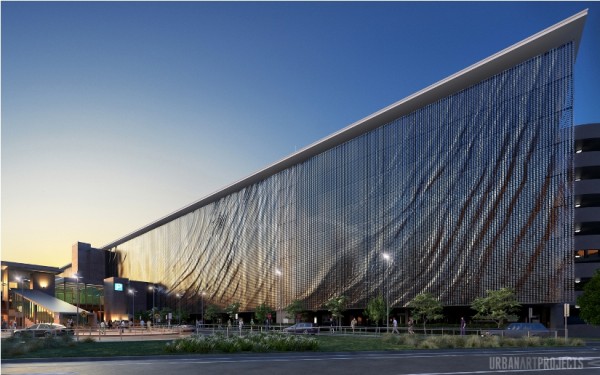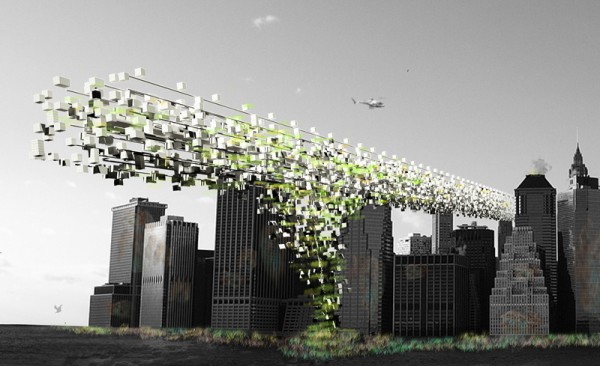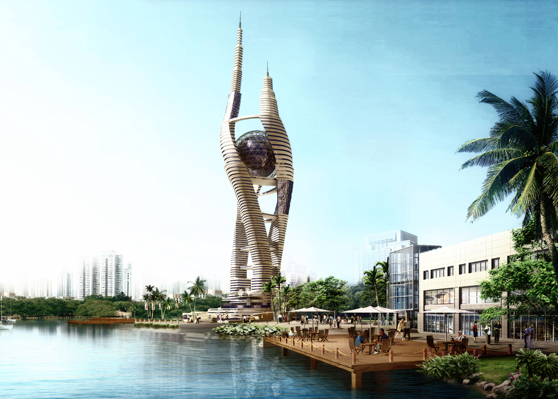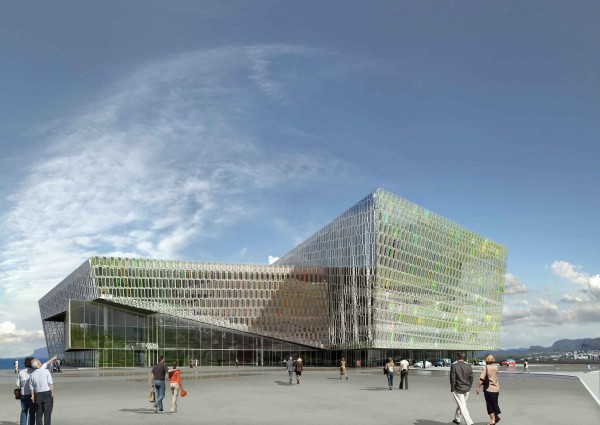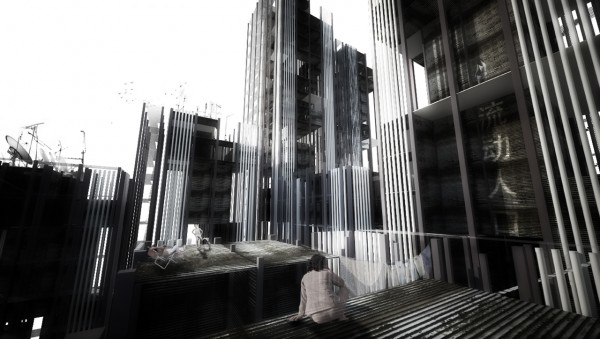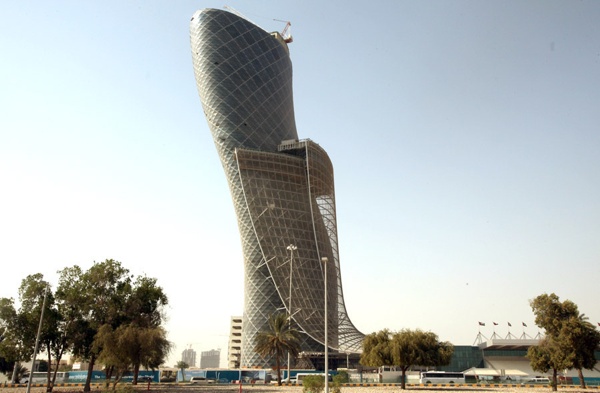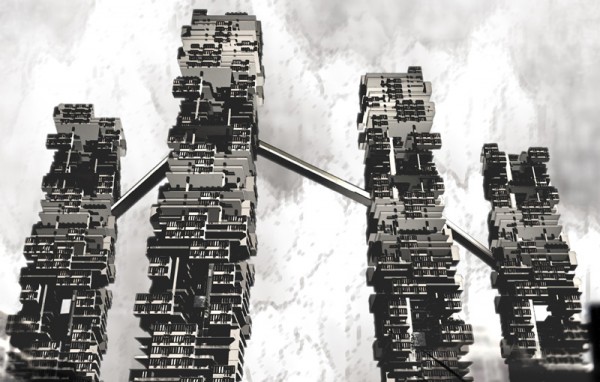Leading international art-based design studio Urban Art Projects (UAP) today announced their collaboration with artist Ned Kahn, Hassell Sydney, and the Brisbane (Australia) Airport Corporation (BAC) to convert Brisbane’s new Domestic Terminal short-term multi-level car park in to an eight-storey kinetic public art project.
After being engaged by BAC for the project Urban Art Projects commissioned established American artist Ned Kahn who is known for his innovative works throughout North America and Europe.
Kahn, who has developed an international following for his artworks that incorporate the use of natural elements such as wind and light will collaborate with UAP and BAC’s design team to create a 5000 Sq m kinetic façade for the new Domestic Terminal short-term car park. Read the rest of this entry »

